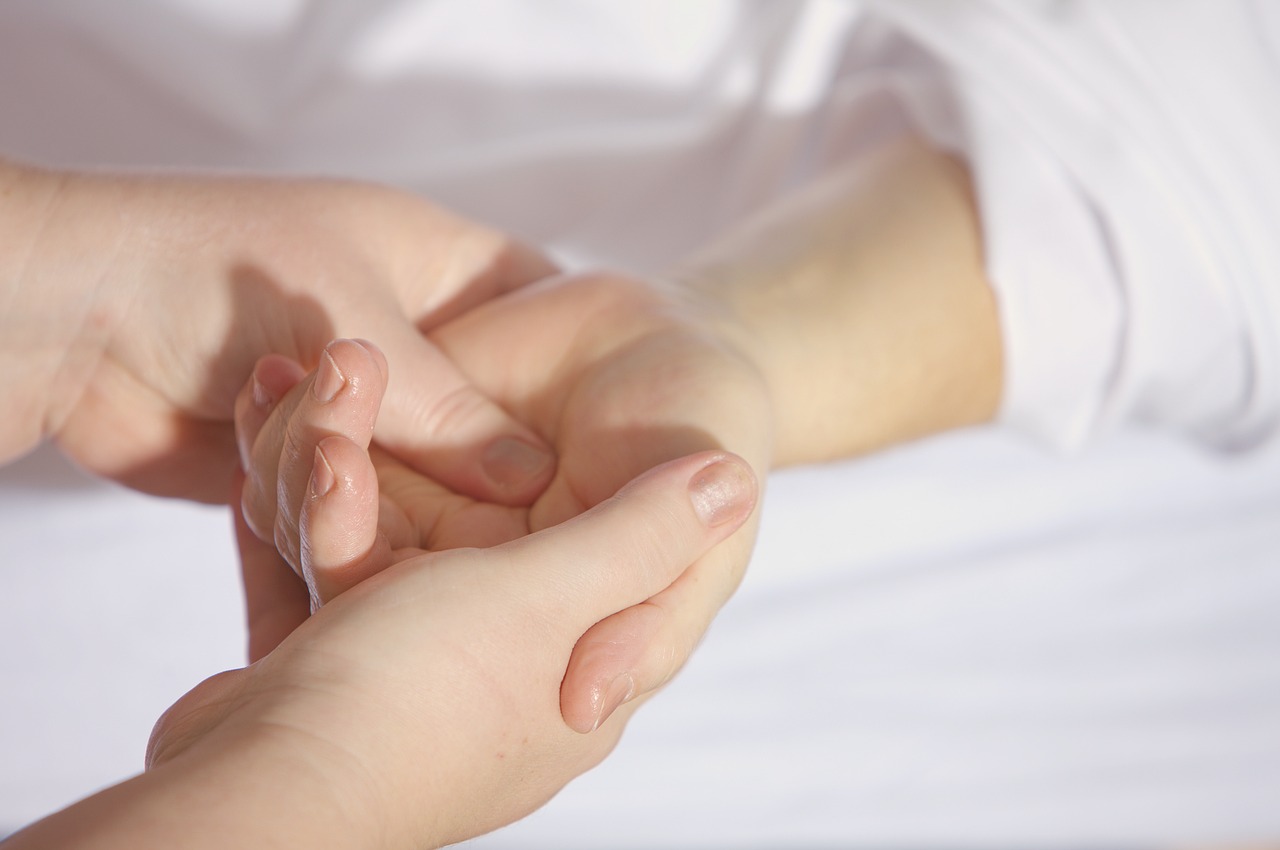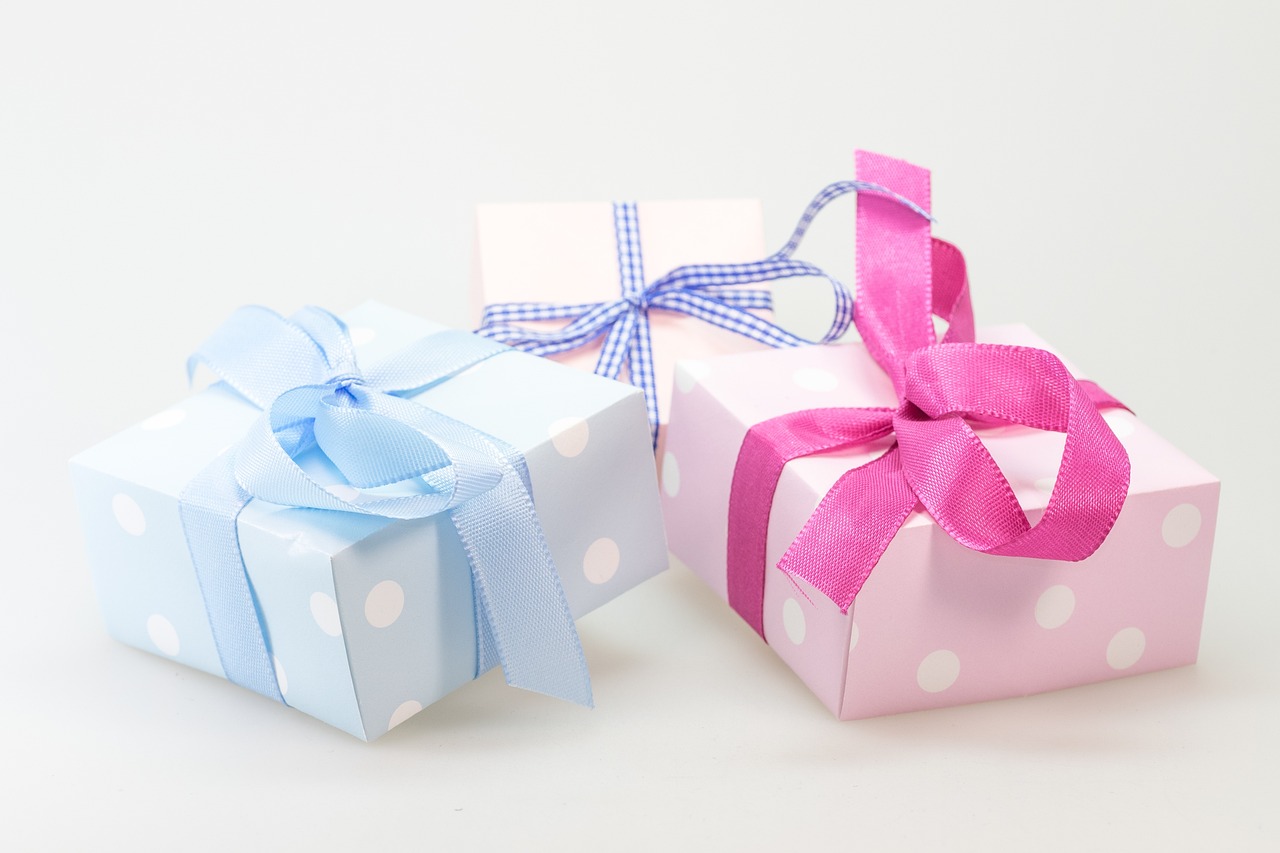Introduction
Perfume creation is an art that goes beyond gender boundaries, allowing individuals to express their personality, style, and essence. For boys who want to leave a lasting impression and showcase their individuality, crafting a custom perfume can be an exciting and creative endeavor. This comprehensive guide will walk you through the step-by-step process of preparing perfumes for boys, complete with an exploration of essential fragrance ingredients and their roles in the creation of a distinctive scent.
Understanding Fragrance Ingredients
Base Notes: These ingredients provide the foundation and longevity of the fragrance. Common base notes include woods (sandalwood, cedarwood), resins (myrrh, frankincense), and musk.
Middle Notes (Heart Notes): These ingredients form the heart of the fragrance, creating the main character and theme. Middle notes include herbal essences (rosemary, basil), spices (black pepper, ginger), and earthy aromas (patchouli).
Top Notes: These are the initial scents that you smell when the perfume is applied. Top notes are usually fresh and invigorating, comprising citrus (lemon, bergamot), herbal extracts (mint, lavender), and light woods (pine).
Gathering Essential Ingredients
Essential Oils: These concentrated oils are the essence of your perfume. Choose a variety of essential oils that span different notes, ensuring you have a well-balanced blend. Examples include bergamot (top note), cedarwood (base note), and vetiver (middle note).
Carrier Oils: Carrier oils dilute and carry the essential oils, making them safe for direct application to the skin. Common carrier oils include jojoba oil, sweet almond oil, and fractionated coconut oil.
Alcohol: Perfumer’s alcohol is used to blend and dilute essential oils. It helps disperse the fragrance evenly and evaporate quickly, leaving the scent on the skin.
Distilled Water: Distilled water is used in small quantities to dilute the alcohol and create a well-rounded perfume base.
Botanical Extracts: These extracts, such as vetiver or oakmoss, add depth and complexity to your fragrance.
Creating Your Distinctive Perfume
Research and Inspiration: Before you start blending, consider the image and message you want your perfume to convey. Research scents that resonate with your personality and preferences.
Start with a Base Note: Begin your perfume formulation by selecting a base note that resonates with your vision. This will establish the foundation for your fragrance. For a masculine touch, consider sandalwood as your base note.
Build the Middle Notes: Gradually add middle notes that complement the base note. Experiment with different combinations to achieve the desired character. For an earthy and spicy touch, incorporate black pepper or patchouli.
Introduce Top Notes: Complete your fragrance by adding top notes that provide an initial burst of freshness. Citrusy top notes like bergamot or herbal notes like mint can be excellent choices.
Blending and Testing: Using a graduated pipette or dropper, blend your chosen oils in small quantities. Start by adding a few drops of your base note, followed by middle and top notes. Test the aroma as you go using blotter strips.
Allow Maturation: Perfumes need time to mature and develop. Let your blend sit for a week or two to allow the different notes to harmonize and create a well-rounded scent.
Adjustments and Refinement: After the maturation period, revisit your blend and make any necessary adjustments. This is your opportunity to fine-tune the proportions of each ingredient to achieve the desired balance.
Dilution and Bottling: Once you’re satisfied with your formulation, it’s time to dilute it. Mix your perfume with the perfumer’s alcohol or a carrier oil, depending on your preference. Use a measuring cup to ensure accuracy. Pour the final blend into a glass dropper bottle.
Labeling: Personalize your perfume by creating a label that reflects your vision. Include the name of your fragrance, the date it was created, and any inspiration behind it.
Tips for Successful Perfume Making
Begin with Simple Formulas: As a beginner, start with simple formulas featuring three to five essential oils. This will help you grasp the basics of blending.
Precision in Measurement: Precision is crucial in perfume-making. Use graduated pipettes or measuring cups to ensure the correct proportions.
Experiment and Document: Perfume-making is a creative process that involves experimentation. Keep detailed notes of your blends, ratios, and impressions.
Consider the Intensity: Depending on your preference, you can create a light eau de toilette or a more concentrated perfume (parfum). Adjust the oil-to-alcohol ratio accordingly.
Safety Precautions: Essential oils are potent and can cause skin sensitivities if not properly diluted. Always perform a patch test before applying a new perfume to your skin.
Conclusion
The art of crafting a personalized perfume knows no gender boundaries. By understanding fragrance ingredients, notes, and blending techniques, boys can embark on a journey of creativity and self-expression. Whether you’re looking to make a subtle statement or leave a bold impression, the process of preparing perfumes for boys offers endless opportunities for exploration, discovery, and the joy of crafting a scent that is truly unique. Through thoughtful selection and skillful blending, boys can create a signature perfume that resonates with their personality, style, and essence, reflecting their individuality in every note.




